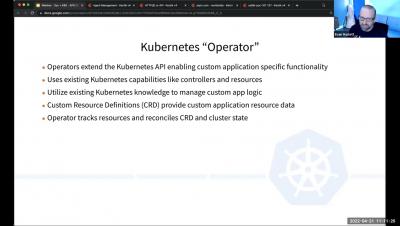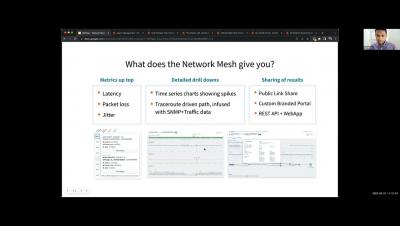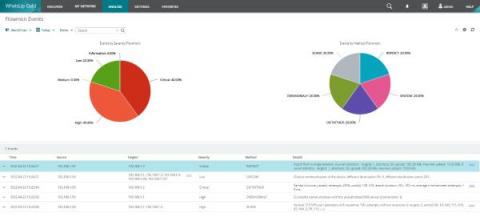Operations | Monitoring | ITSM | DevOps | Cloud
Networks
The latest News and Information on IT Networks and related technologies.
Minimize application complexity with AppDynamics and Cisco Intersight
See how AppDynamics and Cisco Intersight manage infrastructure resources to enable premium user experiences.
Using synthetics to get the big picture
Nobody actually cares about the network. Provocative words coming from a network visibility company, you might be thinking. However, consider what you’re doing right now. You’re reading a blog on a website, maybe clicking around other tabs, possibly streaming some music, and likely keeping an eye on your work chat. These are all applications, and that’s what we all truly care about, not the plumbing that delivers them.
The value of performance mesh testing for ISPs, CDNs, telcos and cloud service providers
Subnet Masking Cheat Sheet: A Beginner's Guide to Subnetting
Flowmon and WhatsUp Gold: Automatic Threat Detection Through Single Pane of Glass
Network Detection & Response (NDR) is a key element that provides an additional level of security across the company wide network through detection of threats that bypass traditional security measures and materialize in the company’s digital environment. Progress Flowmon ADS (Anomaly Detection System) is a typical representative of an NDR system that combines various detection techniques to ensure that malicious activity is recognized and flagged as a security incident.
CDN Provider Performance Monitoring: Best CDNs in Japan
This blog continues our best CDN series. Today we will be analyzing CDN performance and uptime in Japan over the last seven and 30 days. Tip: Are you new to CDNs? Visit our What is a CDN resource to learn more.
Compliance And The Cloud
Looming 2022 (and Beyond) Network Security Threats
Every year hackers grow in numbers, aggressiveness, organization, and sophistication. And every year there are new attack types and new areas of IT infrastructure that cybercriminals target. 2022 is no different. We are about a third of the way in already and IT pros and security specialists already have their hands full with new attacks and new issues.











